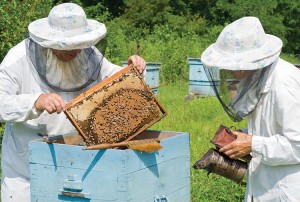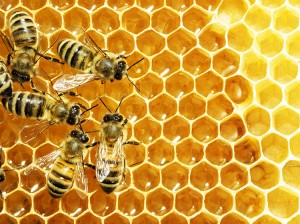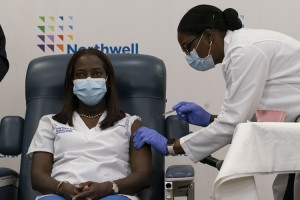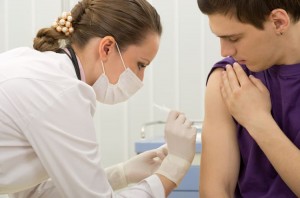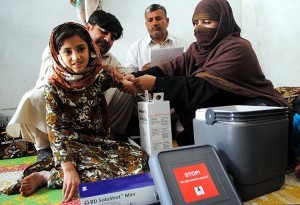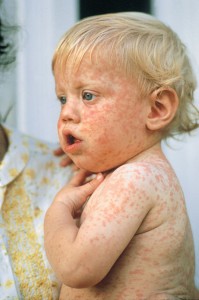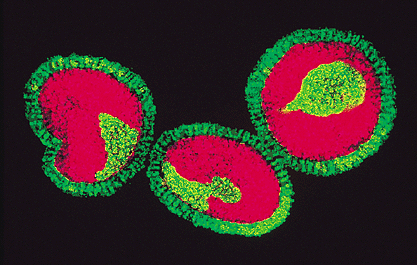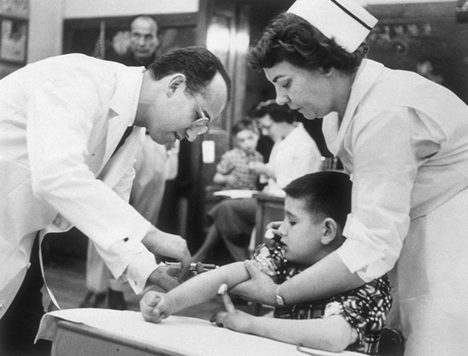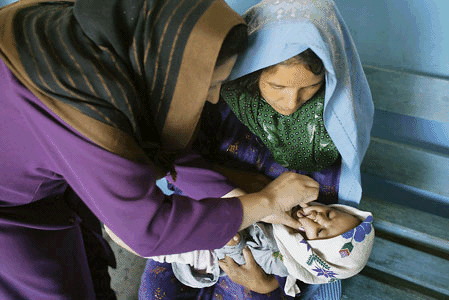Spotlight: Olivia Rodrigo
Wednesday, September 13th, 2023American actress, singer, and songwriter Olivia Rodrigo has transformed from a Disney Channel star to a big name in pop music. Rodrigo first became known as an actress on television programs produced for the Disney Channel. Guts, Rodrigo’s second studio album, was released on Sep. 8, 2023. The album is full of emotional ballads and artful lyrics perfect for singing along.
Olivia Isabel Rodrigo was born on Feb. 20, 2003, in Temecula, California, southeast of Los Angeles. Rodrigo began taking voice, piano, and guitar lessons as a child. She acted in middle and high school performances and began acting professionally in 2016. She played a leading character, Paige Olvera, on the Disney TV series “Bizaardvark” (2016-2019).
In 2019, Rodrigo gained the lead role of Nini in “High School Musical: The Musical—The Series.” She wrote and performed original songs for the series, including “All I Want” (2019) and a duet with Joshua Bassett, “Just for a Moment” (2020).
She released her first single “Drivers License” on Jan. 8, 2021. It soon hit number one on the Billboard Hot 100. The song is now nominated at the 64th Grammy Awards for song of the year, record of the year, and best pop solo performance. Rodrigo is also nominated for best music video or film for “Good 4 U” (2021), best pop vocal album for Sour (2021), album of the year for Sour, and best new artist.
After “Drivers License,” her next two singles— “Deja Vu” (2021) and “Good 4 U”—also debuted in the top 10 of the Billboard “Hot 100″ chart. She became the first recording artist to start a career with three singles in the top 10. Rodrigo’s debut album, Sour, included elements of pop, folk, and rock music.
Besides releasing catchy singles, Rodrigo also took a trip to the White House this summer. She met with President Joe Biden and the immunologist and Chief Medical Advisor to the President of the United States, Anthony Fauci, to discuss the importance of young people getting vaccinated against COVID-19. In December, Rodrigo was named Entertainer of the Year by Time magazine. She announced a world tour for 2022 in which she will travel to Europe, Canada, and across the United States.


